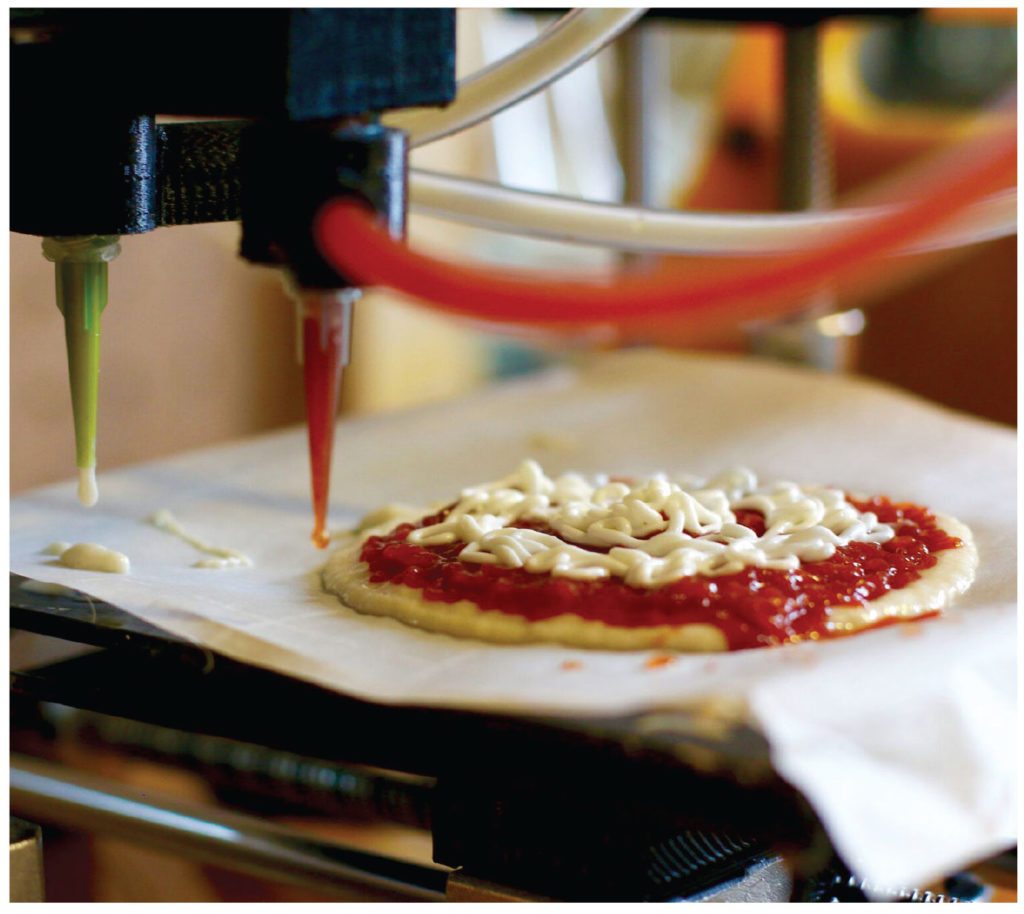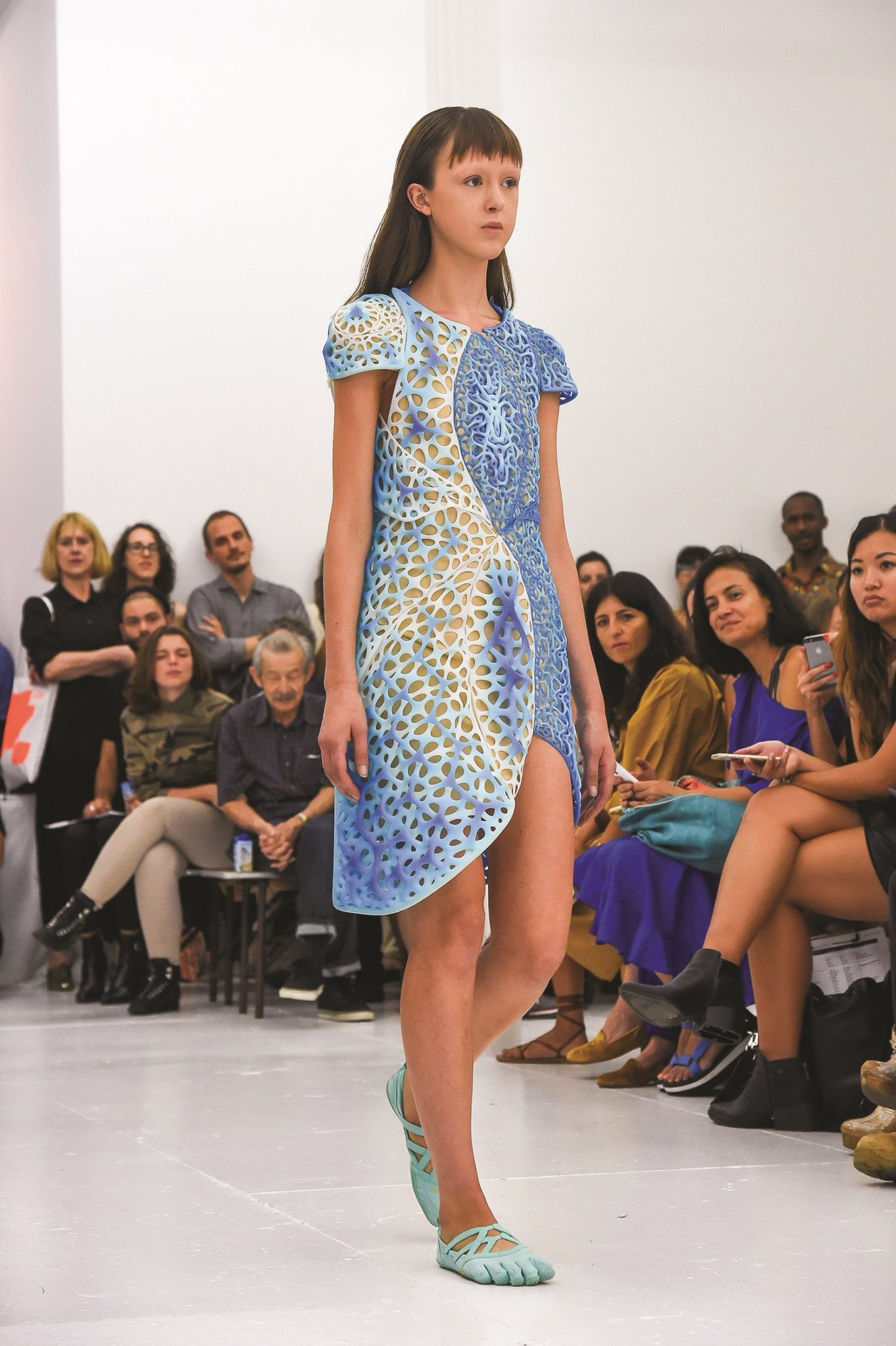3D printing is perhaps one of the most revolutionary breakthroughs in science and technology. The industry’s effects have spanned the fields of healthcare, art, economy, environment—even space travel. From artificial blood vessels, to condensed milk, to a prosthetic for your dog or grandma, below are some of the most amazing areas in which 3D printing is finding a home.
Life Sciences: Bio-printing has advanced to truly incredible levels during the past 10 years. Multiple scientists at medical institutions across America are 3D printing bone that survives and thrives when implanted into animals. The printer uses a gel cartridge that contains both human cells and biodegradable plastics. These plastic particles are printed into a scaffold that holds the organic cells together as they are prompted to grow. The plastic particles eventually degrade leaving fabricated, organic tissues in their place. While the process takes time, the product lasts much longer (and is much cheaper) than artificial prosthetics and will have many more uses in the near future.
Around the House: When you first heard about 3D printing, you probably considered how nice it would be to just print whatever was too expensive to buy right at home. Well, with a MakerBot Replicator Mini (about $1,300) you can make toys, jewelry, or tools in pretty much whatever size, shape, and color you can imagine. Plus, replacing a part is as easy as pressing a button.
Outer Space: 3D printing is perfect for the space industry as it’s a lot easier to send a digital blueprint to a station’s computer than launch an item into space. Made in Space, a company dedicated to zero-gravity 3D printing, just signed a major contract with NASA for project Archinaut, which allows astronauts to manufacture large parts, such as antennas and base stations, which cannot be launched into space.
Astronauts may also be happy to hear that 3D printing can offer something much tastier than traditional space food. The Foodini is a new printer meant to help users whip up quick, healthy, and tasty snacks. The appliance can suggest dishes with ingredients you would find in your house and shape up authentic food. While most of the 3D prints still need to be popped into the oven, Foodini offers a quicker way to use fresh ingredients—without harmful additives and preservatives—to make simple dishes right in the home.
But Foodini is not just for astronauts. The next time you’re in NYC or Atlanta, stop by Ribalta restaurant to try a pizza pie straight from the BeeHex 3D printer!
 On the Runway: 3D printing is taking fashion by storm, too. Stunning clothing made by 3D printers is now seen on the hottest catwalks in London, Paris, and NYC, which include Oscillation, a flexible dress designed by threeASFOUR and Travis Fitch and printed by Stratasys.
On the Runway: 3D printing is taking fashion by storm, too. Stunning clothing made by 3D printers is now seen on the hottest catwalks in London, Paris, and NYC, which include Oscillation, a flexible dress designed by threeASFOUR and Travis Fitch and printed by Stratasys.
In Museums: Museums will also take advantage of this new technology. Fujifilm recently partnered with the Van Gogh Museum of Amsterdam to replicate the painter’s works in exact texture and accurate color, a project that will inspire a new wave of breathtaking replicas in museums worldwide.




